Have you ever found yourself flipping through an old cookbook or vintage magazine and thinking, “People really ate that?” The 1970s were a bold and experimental time in the culinary world—where gelatin reigned supreme, artificial colors were embraced with gusto, and convenience often trumped nutrition. From jellied meats to fluorescent drink mixes, many foods that were once kitchen staples now leave us scratching our heads. While these quirky creations were part of the charm and innovation of the era, changing health standards, evolving tastes, and tighter food regulations have since pushed many of them into culinary extinction.
In this fascinating look back, we explore 18 curious foods from the 1970s that have all but disappeared from today’s tables. Each one tells a unique story—whether it was phased out due to questionable ingredients, changing dietary guidelines, or simply falling out of favor in a more health-conscious world. Though some might elicit a chuckle and others a sense of nostalgia, they all serve as a reminder of just how much food culture—and regulation—has evolved over the decades. So buckle up for a flavorful flashback into the funky, fearless world of ’70s cuisine, where nothing was too colorful, too processed, or too strange to try at least once.
1. Sprinkles Made With Unsafe Dyes

Back in the day, sprinkles were a common sight on desserts, adding flair to cakes and cones alike. However, these colorful delights often contained dyes that are now considered unsafe, leading to their decline.
The dyes, once popular for their bright, attractive hues, were found to have potential health hazards. As regulations tightened, manufacturers shifted to safer alternatives. Today, sprinkles are still loved, but their formulations have changed to exclude those once-indispensable dyes.
2. Ackee Fruit
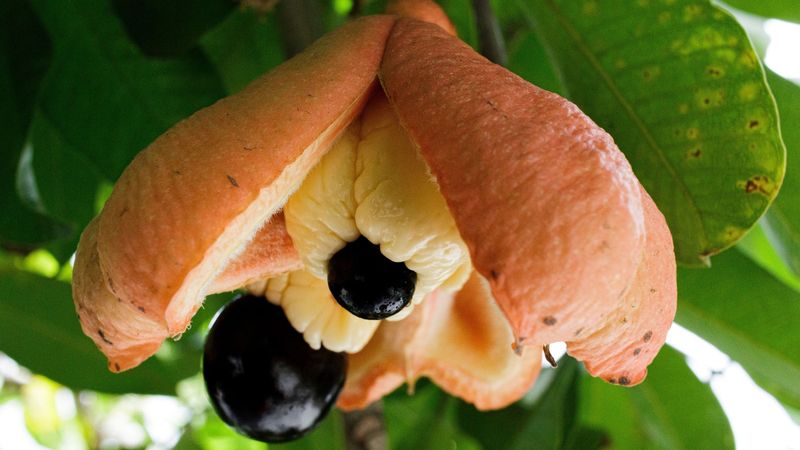
The ackee fruit, a staple in Jamaican cuisine, has a captivating appearance that belies its potential danger. Consuming unripe ackee can result in a serious illness known as Jamaican vomiting sickness.
This risk led to its ban in many places, despite its cultural significance. Although the fruit is enjoyed by many when ripened properly, the dangers associated with improper preparation have kept it off many international menus.
3. Tab Soda With Saccharin

Once an icon of the diet craze, Tab soda used saccharin to deliver sweetness without calories. However, studies linking saccharin to health risks brought about its decline.
Although the soda’s unique flavor had a devoted following, concerns over safety led to reformulations. Modern diet sodas have replaced saccharin with other sweeteners, but the nostalgic charm of Tab remains a fond memory for many.
4. Shark Meat Steaks
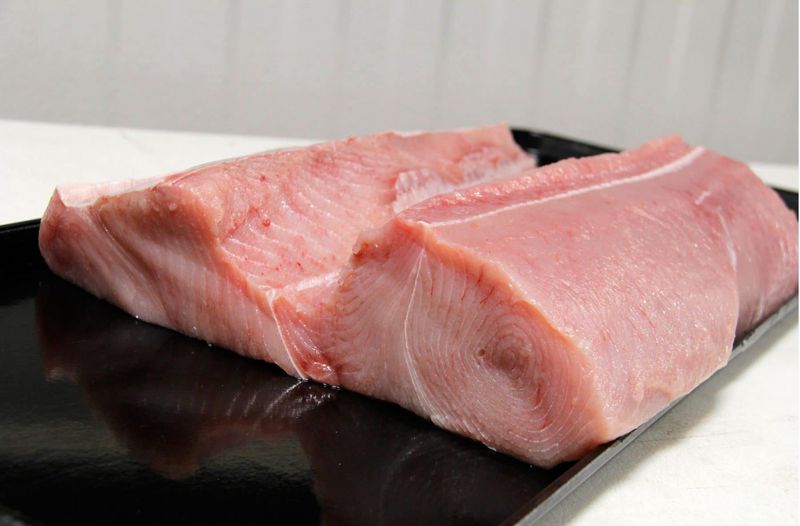
Shark meat steaks were once considered a delicacy, often gracing the tables of adventurous diners. However, concerns about mercury levels in shark meat have made these steaks less desirable.
The fear of mercury poisoning has overshadowed their once exotic appeal, leading to a decrease in their popularity. Despite their decline, the taste of shark meat continues to intrigue those seeking unique culinary experiences.
5. Margarine Full Of Trans Fat
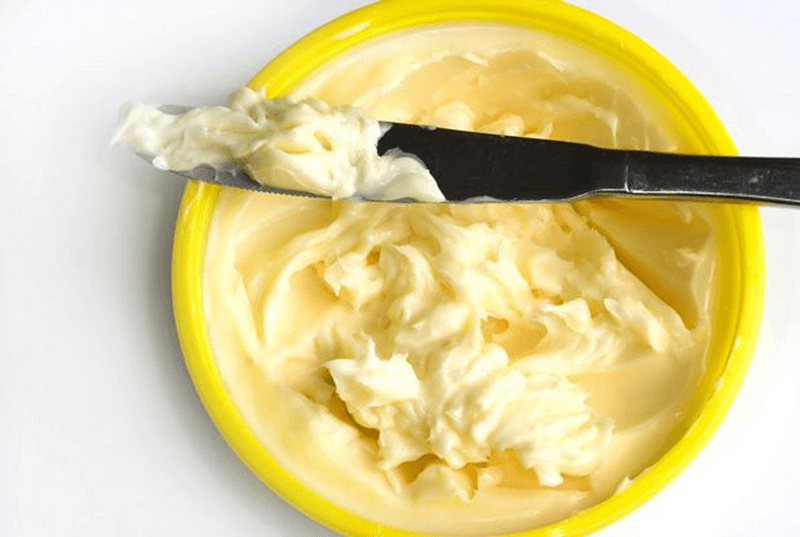
Hailed as a healthy alternative to butter, margarine gained popularity in the 1970s. Yet, its trans fat content raised health concerns, leading to a reevaluation of its benefits.
Once ubiquitous on breakfast tables, margarine’s image shifted as research highlighted the risks of trans fats. Nowadays, healthier versions of margarine have emerged, reflecting a growing awareness of dietary health.
6. Turtle Soup
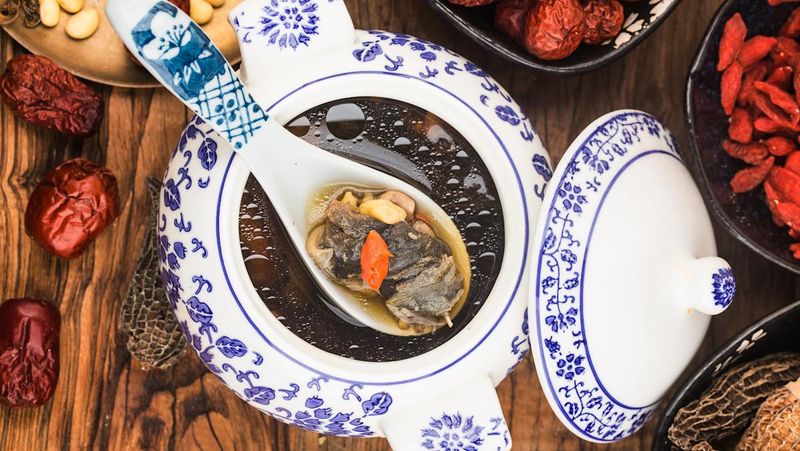
A dish with historical roots, turtle soup was a gourmet choice for many in the 1970s. But as ecological awareness grew, concerns over turtle conservation led to a decline in its popularity.
Once a symbol of luxury, turtle soup became emblematic of unsustainable practices. Conservation efforts have resulted in the dish being removed from many menus, though its unique flavor still lingers in culinary history.
7. Maraschino Cherries With Banned Dyes
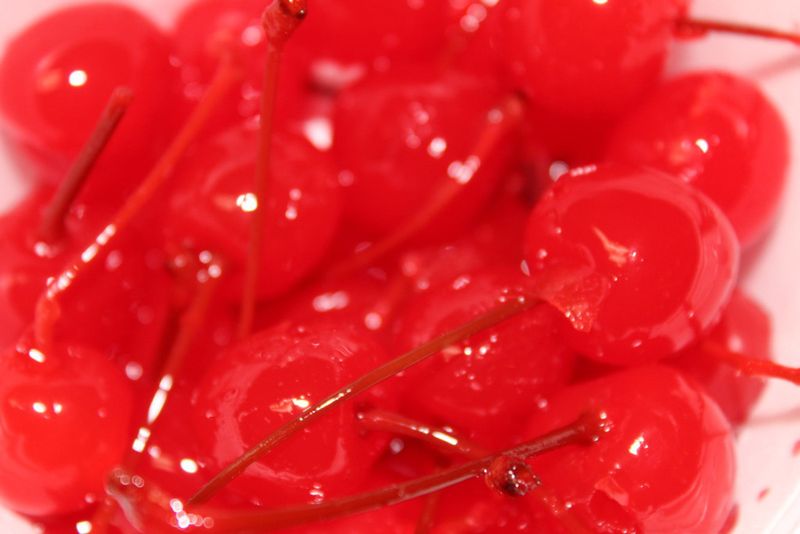
Maraschino cherries, with their vibrant red hue, were a cocktail garnish staple. However, the dyes used to achieve their striking color were found to be unsafe, leading to changes in production.
These cherries have since been reformulated to meet modern safety standards, but their original formulation remains a nostalgic memory for those who remember their distinctive appearance.
8. Packaged Meats Preserved With Nitrates
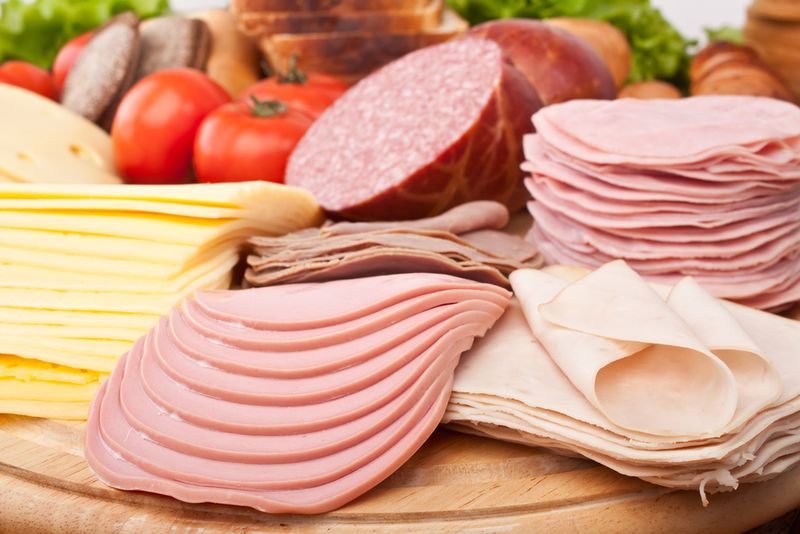
Preserved with nitrates, packaged meats were convenient for busy households in the 1970s. However, health concerns over nitrates led to a shift in consumer preferences.
These preservatives, while effective in extending shelf life, were linked to health risks, prompting a reevaluation of their use. Today, nitrate-free options are available, reflecting a growing trend towards natural preservation methods.
9. Cereal Toys Right In The Box

For children in the 1970s, finding a toy inside a cereal box was a morning delight. However, safety concerns regarding small parts led to changes in packaging practices.
While the excitement of uncovering a hidden treasure remains, toys are now often packaged separately to prevent choking hazards. This shift has made breakfast less of a treasure hunt but ensured safer practices.
10. Cheese Puffs Colored With Yellow Dye 5

Cheese puffs, a crunchy snack favorite, were once made with yellow dye 5 to enhance their appeal. Yet, concerns about artificial dyes led to changes in production.
These concerns were driven by studies suggesting potential behavioral effects, leading to a shift towards natural colorings. While cheese puffs remain popular, their formulation has evolved to exclude controversial dyes.
11. Red Dye No. 2 In Candy

Candy coated in Red Dye No. 2 was a vibrant treat for children in the 1970s. However, health concerns led to the dye’s ban, prompting changes in candy production.
The vivid colors of these candies remain a fond memory for many, but manufacturers have since moved to safer alternatives. The legacy of Red Dye No. 2 lives on in the evolution of candy coloring practices.
12. Raw Milk In Stores
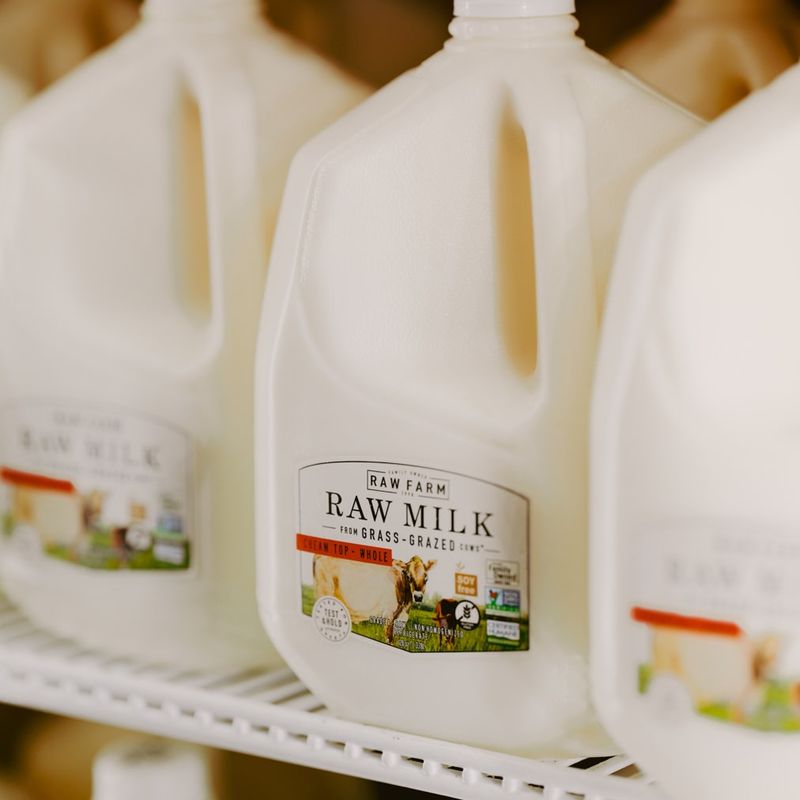
Raw milk, once available in stores, was praised for its natural taste. Nevertheless, safety concerns regarding pathogens led to its removal from shelves.
The potential for bacterial contamination overshadowed the appeal of raw milk, leading to regulations that prioritized pasteurization. Despite its disappearance, raw milk still finds a niche among enthusiasts who value its unaltered flavor.
13. Fat-Free Chips With Olestra
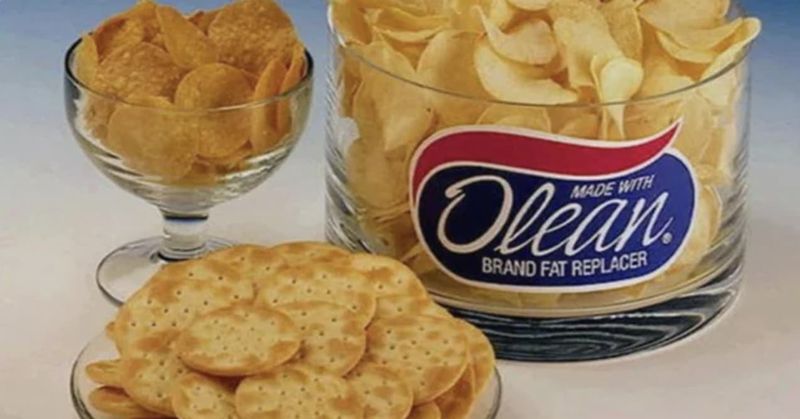
Fat-free chips, touted as a guilt-free snack, used Olestra to cut calories. However, reports of digestive issues caused by Olestra led to a decline in popularity.
The promise of indulgence without consequence faded as consumers experienced the drawbacks firsthand. Today, chips have shifted towards healthier oils and ingredients, leaving Olestra as a cautionary tale.
14. Alar On Apples
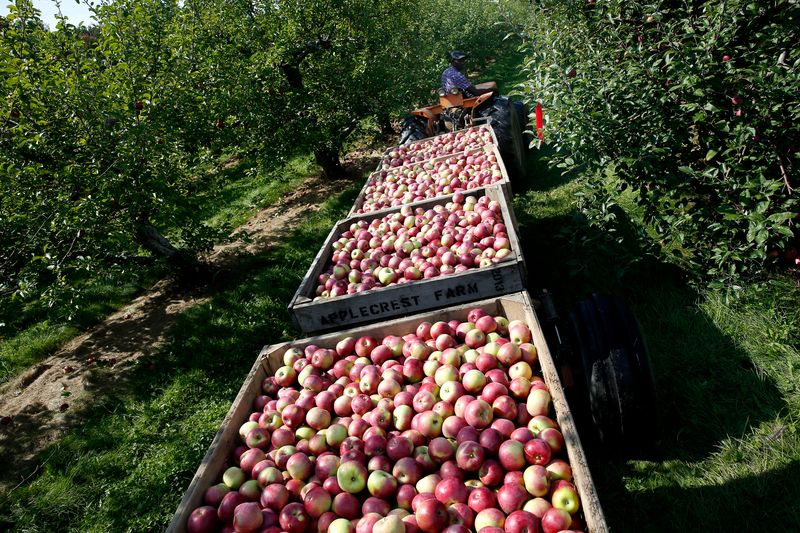
In the 1970s, apples treated with Alar were common, promising freshness and appeal. However, revelations about potential health risks associated with Alar led to its discontinuation.
The controversy surrounding Alar sparked discussions on agricultural practices, influencing changes that prioritized consumer safety. Today, apples are grown with greater mindfulness of health impacts, reflecting a shift towards safer agricultural methods.
15. Trans Fat–Heavy Snacks
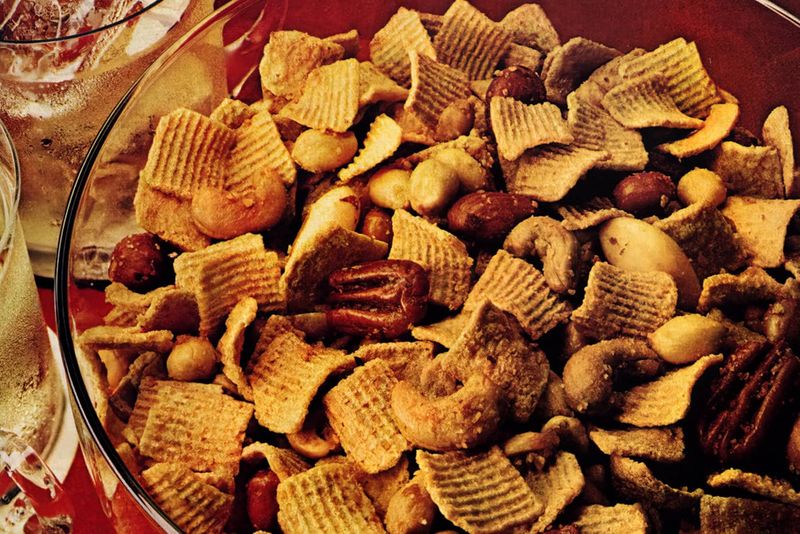
Trans fat–heavy snacks were once beloved for their taste and texture. Yet, the realization of their health implications prompted a reevaluation of their use.
The popularity of these snacks waned as the public became more health-conscious. Nowadays, snack formulations prioritize healthier fats, reflecting a larger trend towards mindful eating.
16. Cyclamate-Sweetened Drinks
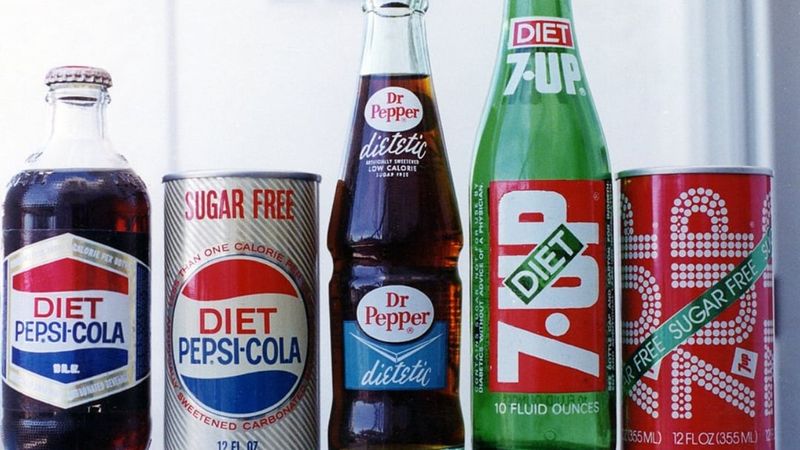
Drinks sweetened with cyclamate were popular for their low-calorie appeal. However, health concerns led to a ban, prompting manufacturers to seek alternative sweeteners.
The disappearance of cyclamate marked a shift in the beverage industry, paving the way for more health-conscious options. While cyclamate is no longer used, its legacy lives on in the evolution of low-calorie drinks.
17. Lead-Sealed Canned Goods
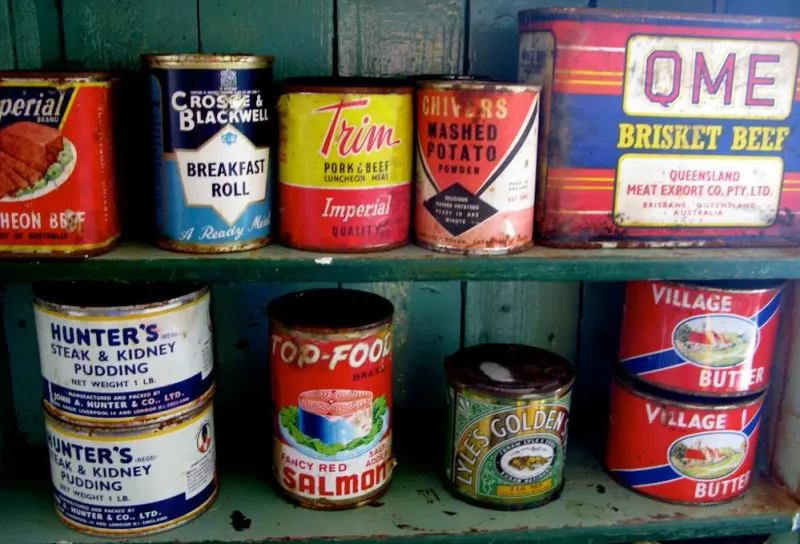
Canned goods, once sealed with lead solder, were a pantry staple in the 1970s. However, concerns about lead exposure led to changes in canning methods.
The transition to safer sealing materials reflected growing awareness of lead’s health impacts. Today, cans are sealed without lead, ensuring safety while retaining their convenience.
18. BVO In Orange Sodas

Brominated vegetable oil (BVO) found in orange sodas was once common for its ability to stabilize flavors. However, health concerns about BVO led to changes in formulations.
The idea of a refreshing soda was marred by potential risks, prompting a shift towards safer ingredients. Today, BVO-free sodas are the norm, reflecting a commitment to consumer safety.
Leave a comment